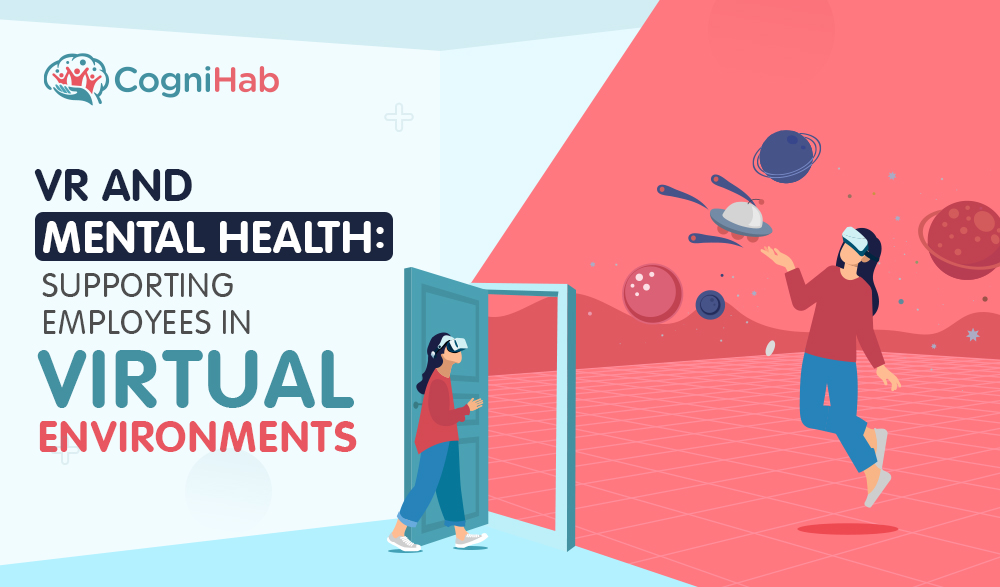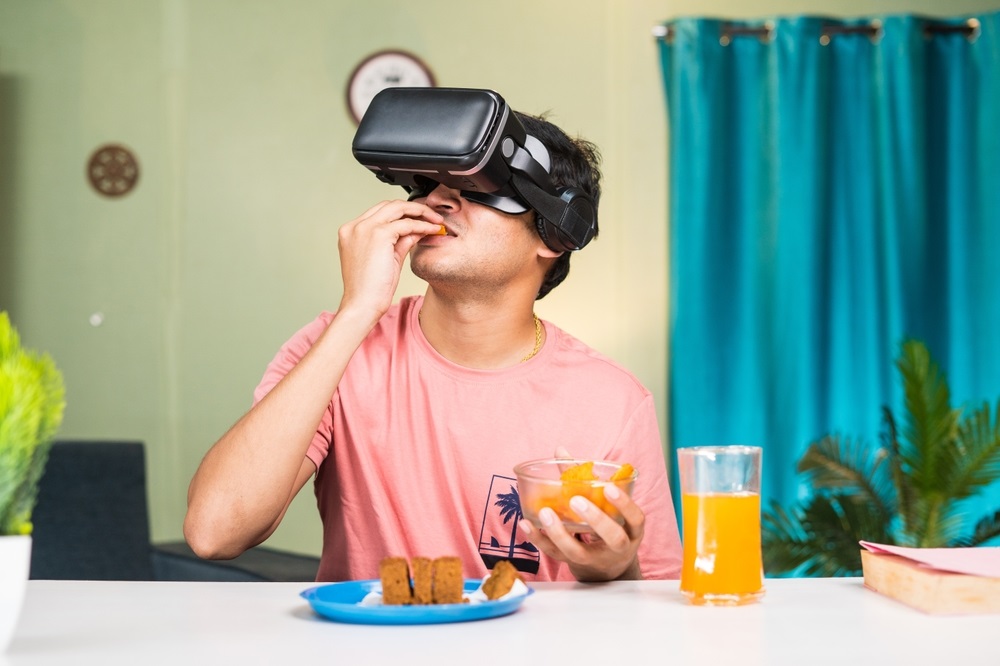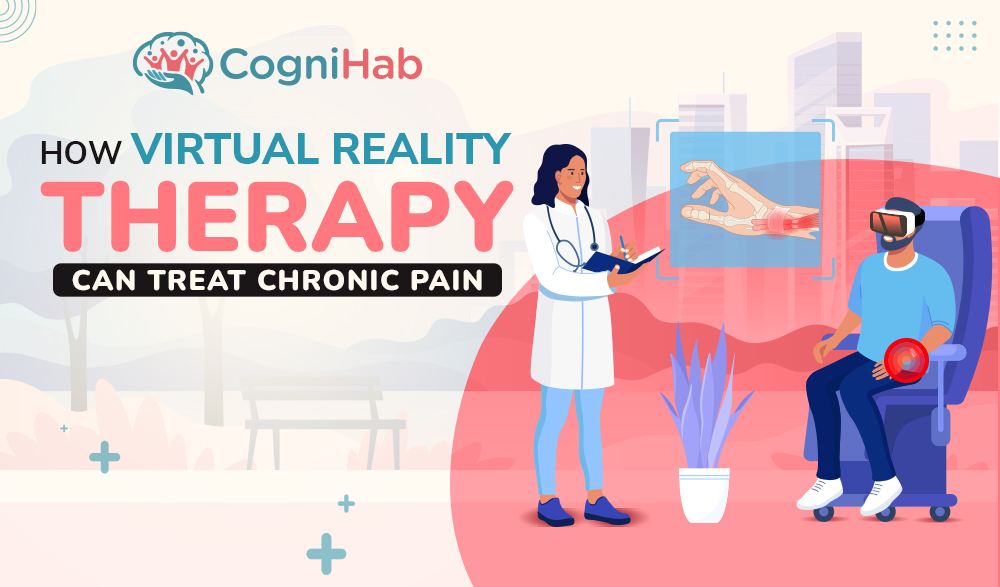VR And Mental Health: Supporting Employees In Virtual Environments
Virtual reality (VR) has progressed significantly from being exclusively utilized for gaming and entertainment purposes. Lately, it has been increasingly used in the mental health field to help individuals with different mental, profound, and social issues. Presently, as remote work turns into the new standard because of the pandemic, VR is additionally proving to be a successful tool in supporting representatives' mental health in virtual environments. In this blog entry, we'll investigate how VR innovation can assist organizations with creating protected and strong virtual spaces that add to their workers' general prosperity.
What is Virtual Reality (VR)?
Virtual reality (VR) is a PC created reproduced climate that can be gotten to through a headset. VR permits representatives to drench themselves in sensible and interactive 3D environments. By providing representatives with a protected and controlled climate to investigate, VR can assist them with bettering their surroundings and improving their thinking abilities.
VR has been shown to decidedly affect mental health, including reducing stress and anxiety levels. A study by the College of Southern California found that VR can assist individuals with social anxiety issues (Miserable) to feel more comfortable in friendly circumstances. The investigation discovered that after only fourteen days of using VR, members had a critical decrease in Miserable symptoms.
Another concentrate by Stanford College found that VR can be utilized to treat post-awful stress problems (PTSD). The investigation discovered that VR openness therapy had the option to fundamentally lessen PTSD symptoms in veterans.
Representatives who are struggling with mental health issues might find that VR can assist them with coping with their condition. Assuming you think that a worker would profit from using VR, converse with your HR division about whether your organization offers this kind of help.
How Can VR Impact Mental Health?
Mental health is a growing worry in the US. According to the Public Institute of Mental Health, one in five grown-ups in the U.S. experiences a mental disease. This includes conditions like gloom, anxiety, and bipolar problems.
Virtual reality (VR) is another innovation that is being utilized in different fields, including healthcare. VR gives a practical and vivid experience that can be utilized to assist individuals with mental health conditions. A growing concern amongst organizations is management of mental health in the workplace, VR therapy is also tapping this zone.
VR can be utilized to give openness therapy to individuals with anxiety problems. Openness therapy is a kind of treatment that assists individuals with facing their feelings of trepidation in a protected and controlled climate. VR for mental health can likewise be utilized to assist individuals with sadness by providing positive and practical encounters.
VR for mental health can possibly influence mental health in a positive manner. It can give openness therapy to individuals with anxiety issues and help individuals with gloom by providing positive and reasonable encounters
How to improve mental health in the workplace?
Anxiety and stress are normal responses to remote work environments. Workers might feel disengaged, restless about employer stability, or stressed about meeting deadlines. It is critical to grasp these responses and acknowledge good mental health in the workplace.
There are a couple of key things you can do to help your workers:
1. Encourage open communication
Ensure your workers feel comfortable coming to you with any worries or questions they have.2. Provide resources on managing anxiety and stress
There are numerous useful articles and books accessible on this topic. Share a portion of these with your colleagues so they can find tips that work for them.3. Create a supportive community
Check in with your representatives routinely and offer uplifting statements. Assist them with connecting with other individuals who are additionally working remotely so they don't feel disconnected.4. Encourage breaks and down time
Working from home can be extremely demanding, so it's critical to urge your representatives to enjoy reprieves over the course of the day and not work too until quite a bit later.5. Be understanding if mistakes happen
We as a whole commit errors, yet while we're feeling restless or stressed, those mix-ups can feel amplified. Be understanding and remind your group that everybody is doing their best in troublesome conditionsPractices to adopt for maintaining good mental health in workplace
With an ever increasing number of representatives working in virtual environments, it's vital to ensure that they have the help they need to remain healthy and useful. Here are a few techniques for supporting representatives in a virtual climate:
1. Make sure employees have access to the resources they need
Ensure representatives approach the assets they need to take care of their business successfully. This includes things like training materials, manuals, and software. If conceivable, give admittance to these assets remotely so representatives can work from anyplace.
2. Encourage social interaction
Working in a virtual climate can be isolating, so reassuring social interaction among employees is significant. This should be possible by creating open doors for socializing, like customary group meetings or blissful hours. You can likewise support social interaction by using joint effort tools like visit or video conferencing.
3. Promote a healthy lifestyle
Working in a virtual climate can be stationary, so advancing a healthy way of life among employees is significant. This should be possible by encouraging them to enjoy reprieves over the course of the day to move around, and by providing information on healthy eating propensities and work-out routines.
What Resources Are Available to Support Employees?
There are various assets accessible to help workers in virtual environments. These include:
1. Training and development programs
These can assist representatives with learning new abilities and adjust to new work environments.2. Mental health support services
These can furnish representatives with counseling and other administrations to assist them with coping with stress and anxiety.3. Employee assistance programs
These can offer representatives classified assistance with individual issues that might influence their work performance.Conclusion
Virtual reality is an incredibly incredible asset with regard to improving mental health, as confirmed by its growing use in the workplace. By understanding and supporting representatives' mental health needs in virtual environments, and regular efforts in terms of how to improve mental health in the workplace by industry leaders, associations can make a more steady working air that advances well-being and efficiency. With the smart execution of VR programs custom fitted to individual necessities, businesses can guarantee their groups are enabled to arrive at their objectives securely and with the help they need.






